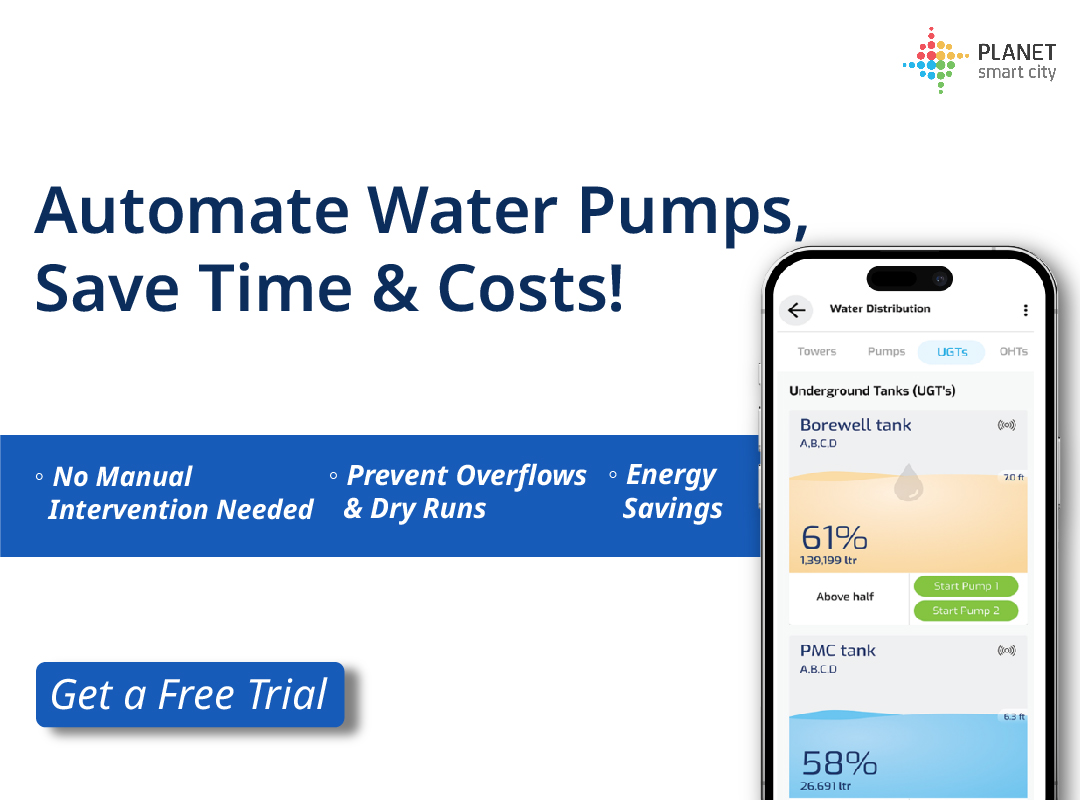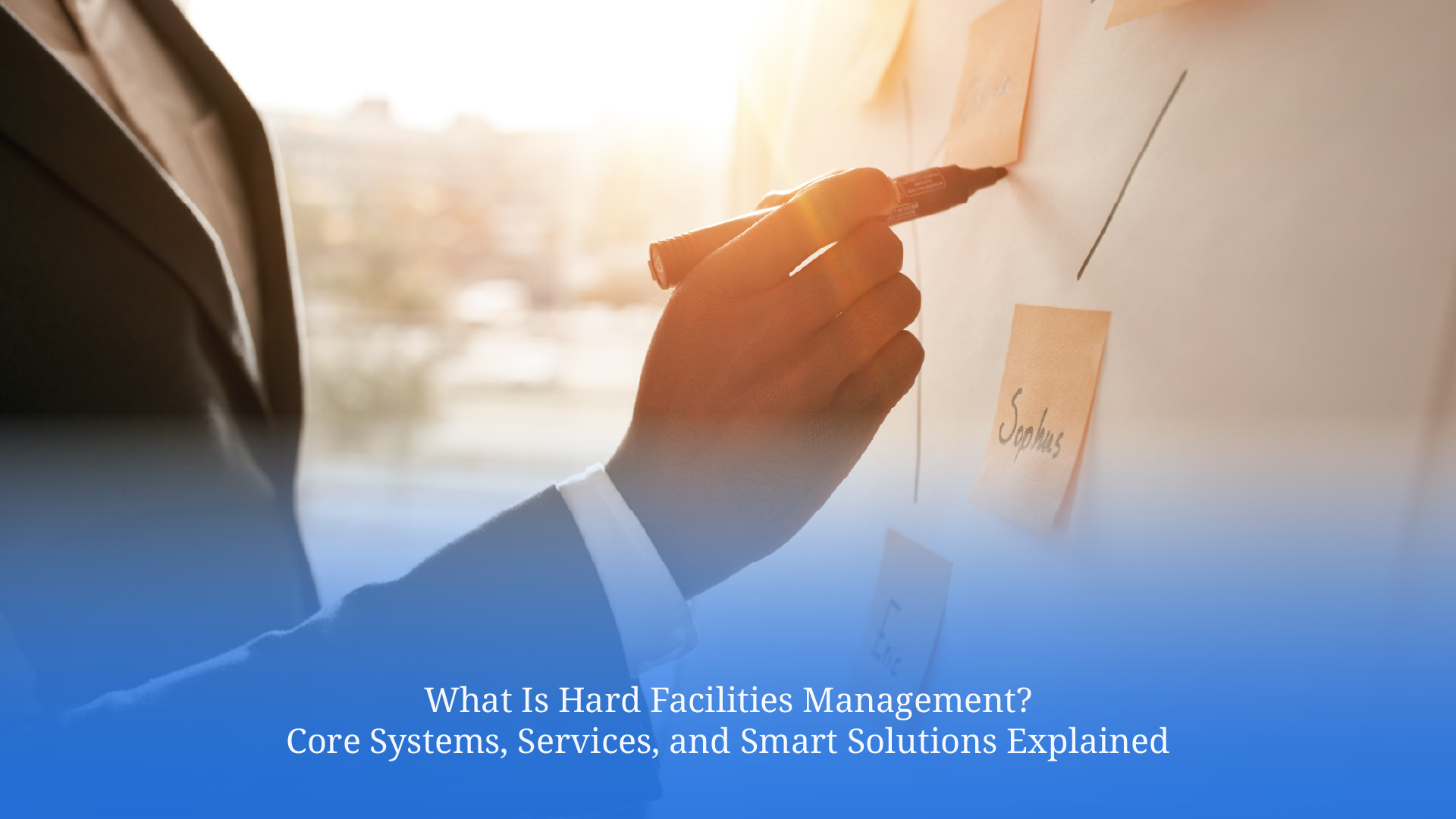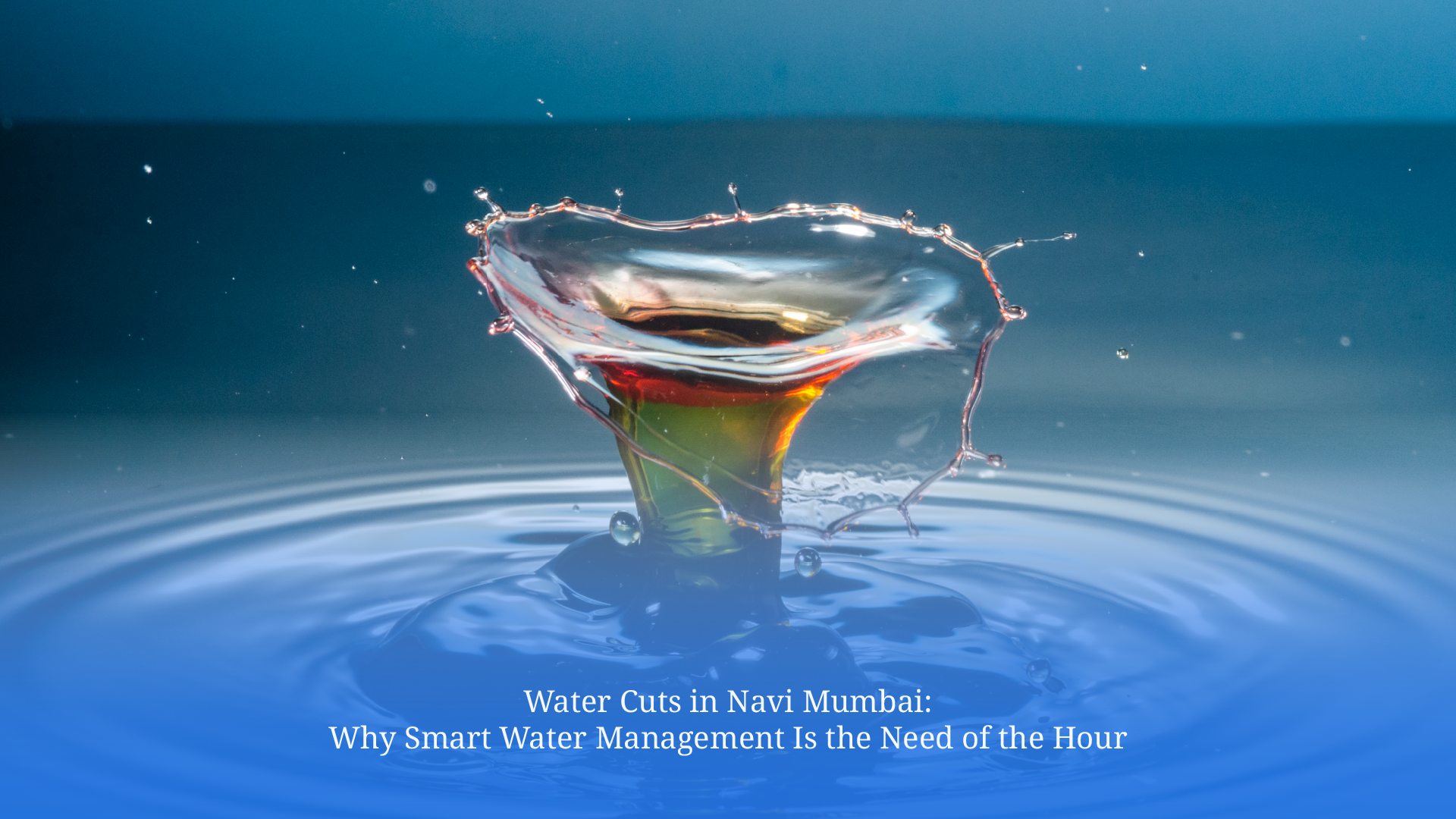Types of Equipment for Water Management and Measurement
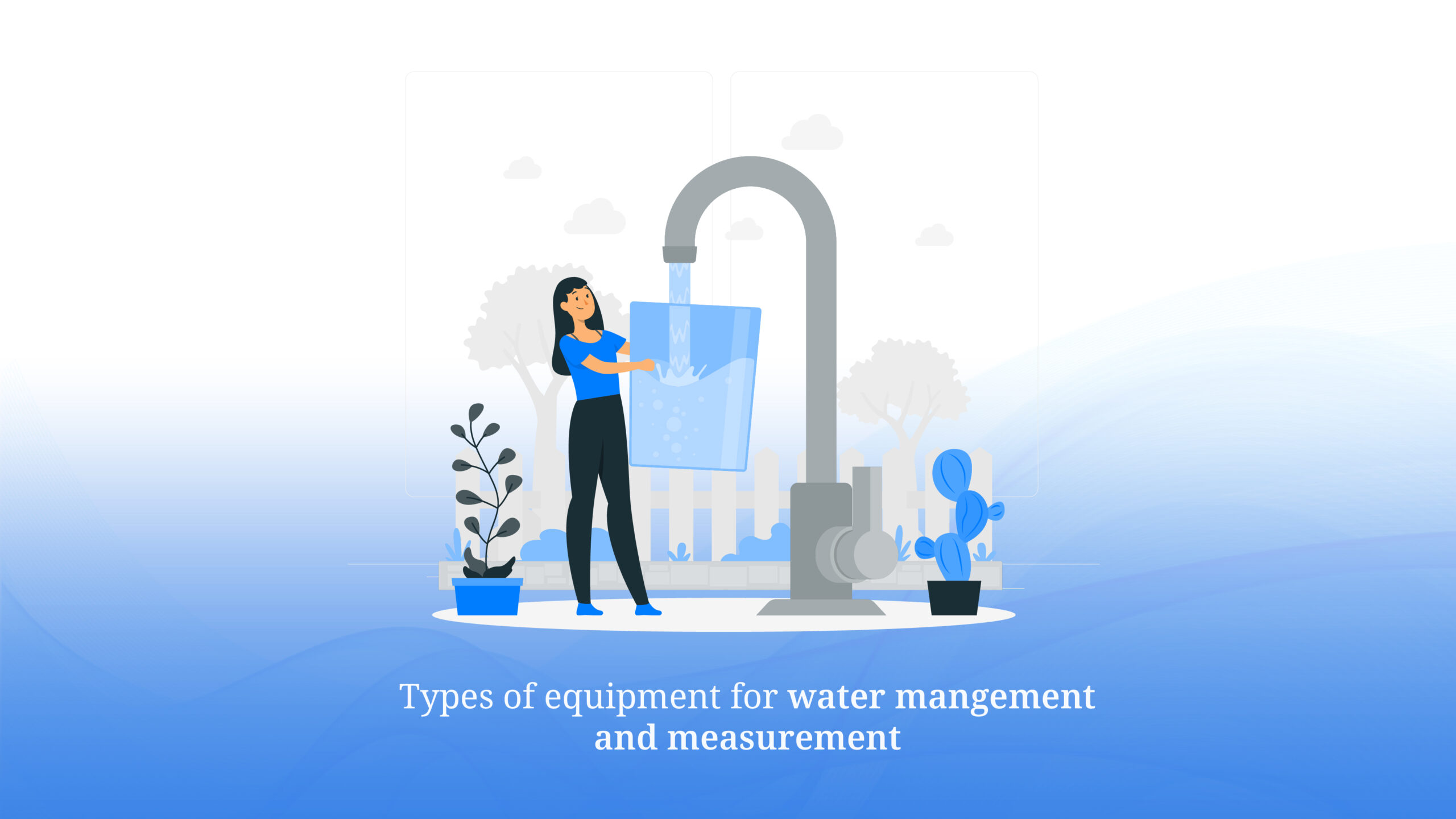
As water scarcity increases and climate challenges grow, smart water management has become essential. Cities continue to expand, but available resources remain limited. This puts pressure on communities to use water efficiently. Today, many modern cities and smart communities rely on advanced tools to manage water usage better. This guide explores how smart devices and technologies are transforming water management in large communities.
Why Water Management and Measurement Matter?
Poor water tracking can lead to big problems. Leaks may go unnoticed, water might be wasted, bills can be wrong, and rules may not be followed. These issues harm the environment and increase costs. Good water management and accurate measurement help avoid these risks. They save water, cut costs, follow regulations, and give real-time data. In smart communities, this clear view helps take quick action and keep systems running smoothly.
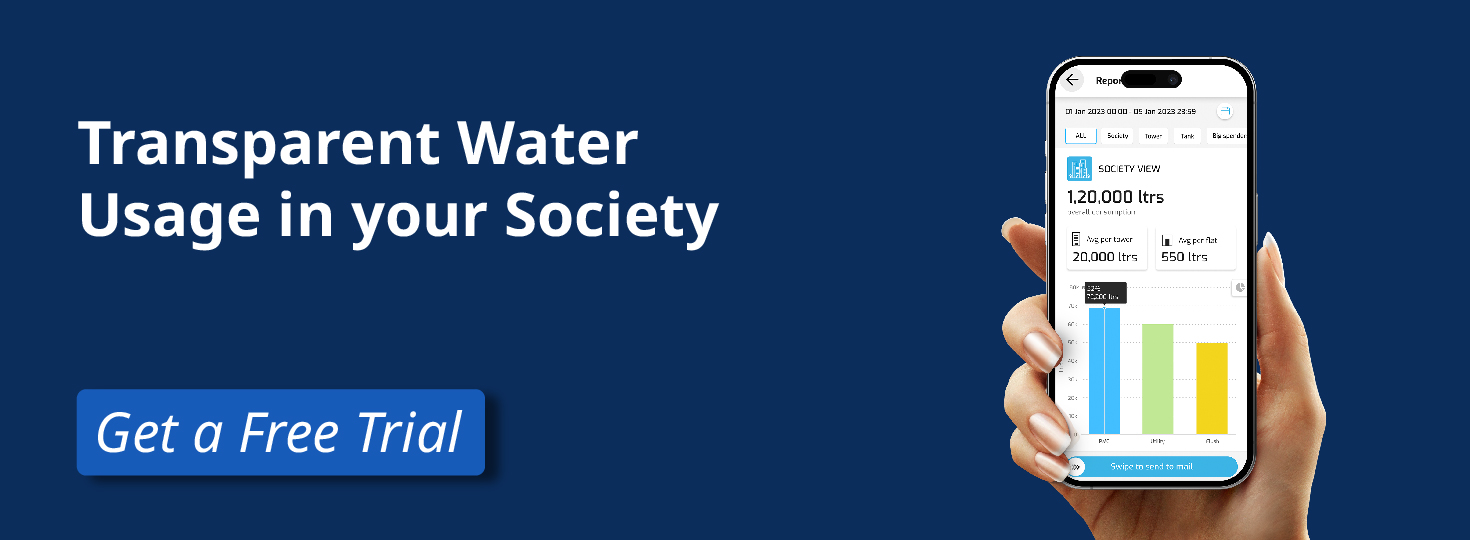
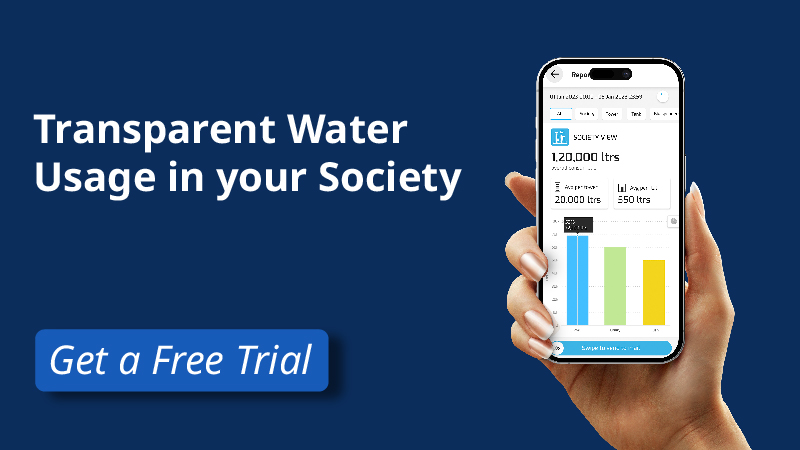
Types of Water Management Equipment
Below are some key components:
-
Water Flow Regulators
These devices control the flow rate of water in pipelines. This ensures a consistent supply and prevents overconsumption. They are essential in balancing pressure across buildings and reducing unnecessary water usage.
-
Pressure-Reducing Valves (PRVs)
PRVs are designed to lower incoming water pressure to a safe level. This protects plumbing systems and reduces wear and tear. They also contribute to energy efficiency and extend equipment lifespan.
-
Water Recycling Units
These systems treat and repurpose greywater, typically from showers, wash basins, and laundry, for non-potable uses such as irrigation, toilet flushing, and cooling. Greywater does not include wastewater from toilets or kitchen sinks with heavy grease content. Ideal for sustainable communities, they significantly reduce reliance on freshwater sources.
-
Leak Detection Devices
These tools monitor pipes and infrastructure to identify and report leaks early. By catching issues before they cause damage or drive up bills, they help reduce water loss and maintenance costs.
-
Backflow Preventers
Critical for protecting potable water supplies, these devices prevent contaminated water from flowing back into the main supply. They play a crucial role in maintaining public health and water safety.
Types of Water Measurement Instruments
The table below gives a clear overview of the essential water measuring devices and their roles in the process:
| Type of Meter | Example / Description | Advantages | Limitations | Ideal Use Cases |
| Smart Water Meters | Manual-read or IoT-enabled meters that track and transmit water consumption | Real-time data (IoT-enabled), supports accurate billing, enables early leak and anomaly detection | Higher initial cost for smart models, requires network connectivity | Smart buildings, eco-conscious communities, modern residential developments, municipalities |
| Ultrasonic Flow Meters | Non-intrusive meters using high-frequency sound waves to measure flow | High accuracy, minimal maintenance, suitable for clean and slightly dirty water | Generally higher cost, requires precise installation | Industrial sites, commercial properties, tech-integrated smart cities |
| Electromagnetic Meters | Uses magnetic fields to measure flow of conductive fluids | Excellent accuracy, no moving parts, reliable in varied conditions | Not compatible with non-conductive fluids, mid to high installation cost | Agricultural systems, wastewater facilities, public utilities, complex mixed-use schemes |
| Mechanical Meters | Traditional meters (turbine or positive displacement) that operate via physical movement | Cost-effective, easy to install, no power supply required | Less accurate over time, subject to wear and sediment interference | Legacy infrastructure, budget-conscious projects, residential buildings |
The Role of IoT in Modern Water Equipment
The integration of Internet of Things (IoT) technology into water infrastructure is revolutionising the sector. Smart, connected devices now offer:
- Real-time data and alerts for consumption and anomalies
- Automated leak detection that minimises water loss
- Predictive maintenance capabilities to avoid equipment failures
- Centralised dashboard integration that simplifies monitoring across multiple systems
Key Considerations When Choosing Equipment
When investing in water management and measurement tools, consider the following:
- Compatibility with existing systems to ensure seamless integration
- Accuracy and data granularity, especially for billing or regulatory reporting
- Durability and maintenance requirements in varied environments
- Smart tech readiness, including IoT compatibility and remote access features
How Planet Smart City Delivers Smarter Water Infrastructure?
At Planet Smart City, we believe smart water systems are key to building sustainable and resilient communities. At the centre is Planet SIM, our cloud-based platform that connects IoT meters, sensors, and even older systems into one central hub. It gives real-time updates across entire projects. This insight helps developers, managers, and residents monitor usage, spot issues early, and improve efficiency.
Instead of waiting for problems like leaks, airlocks, or pressure drops to cause disruptions, Planet SIM detects them early, often before they’re noticed. Wondering how? It works by bringing together data from third-party devices into one dashboard, giving a live view of the full water system. Users can track usage patterns, spot unusual spikes, and make informed decisions to improve water use. This helps facility teams act quickly, reduce water loss, avoid delays, and extend the life of key infrastructure.
Shaping Sustainable Societies, One Drop at a Time
At Planet Smart City, our goal is not just to build water systems. These systems also need to be smart, efficient, and sustainable. With Planet SIM and our city planning model, water becomes a clear, well-managed resource. Explore how we can boost your society’s performance and sustainability.

